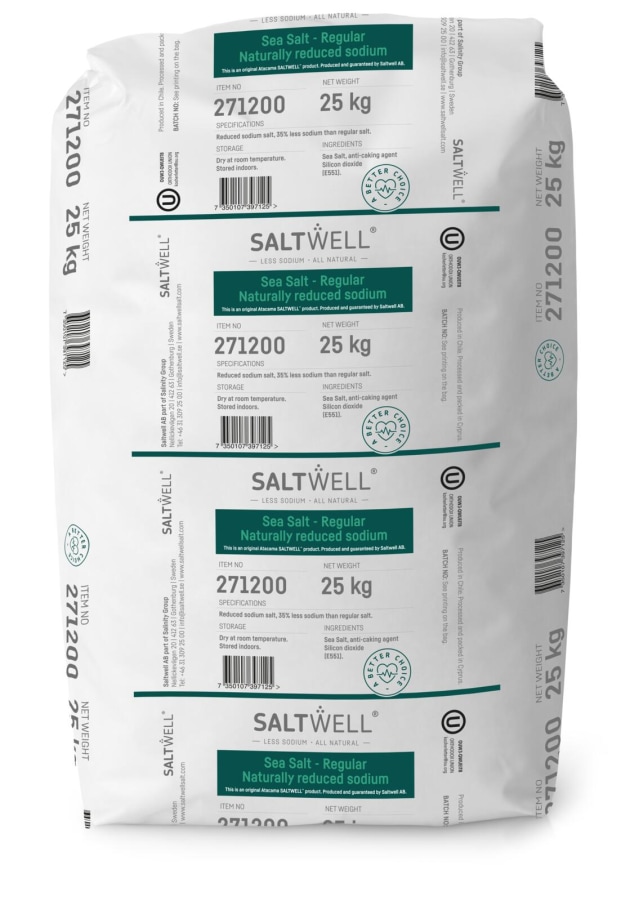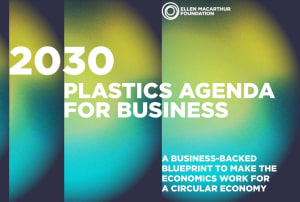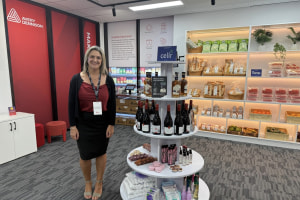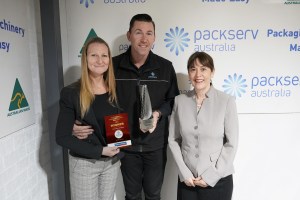Australians are consuming almost double the amount of salt recommended by the World Health Organisation, and initiatives by government agencies and health organisations have had minimal impact. Kim Berry writes about how Saltwell salt, from the Atacama Desert, could help. This article first appeared in the August 2021 issue of Food and Drink Business.
Salt minerals are important for the human body to regulate many bodily functions. It is made up of sodium and chloride, and it’s the sodium that can be problematic.
The World Health Organisation (WHO) recommends no more than five grams of salt (two grams of sodium) per day. Australians’ average daily intake is almost double that. This year, WHO released sodium benchmarks for 18 food categories.
Too much sodium increases blood pressure, one of the biggest contributors to premature death from stroke or heart disease. Worldwide, excess salt intake is estimated to cause about three million deaths a year.
According to the Heart Foundation more than six million Australians live with heart disease, putting them at risk of heart attack or stroke.
Reducing the amount of sodium in our diets is key for reducing that risk, it says.
Australian food manufacturers face the challenge of balancing the use of salt as a preservative, flavour, and aid to colour integrity, texture and fermentation control, with growing health and consumer demands for sodium reduction.
In 2019, the Heart Foundation and VicHealth released Australia’s first salt/sodium reformulation guide for food manufacturers. Reformulation Readiness was designed to support companies reduce the amount of sodium in processed and packaged products.
But in 2020, analysis of more than 4500 products from 16 Australian food manufacturers by The George Institute for Global Health found “no clear evidence of reductions in sodium overall”.
The Institute said some product categories did show improvement, including processed meat, ready meals, and savoury snacks, but many were unchanged. It found a wide variation in the sodium content of similar foods and drinks, which means it is “technically quite possible to manufacture lower sodium version”, it said.
Desert grains of salt
From a million-year-old mineral rich underground sea, high in the Chilean Atacama Desert comes a salt different from all

others. When the renewable, mineral-rich water evaporates, the resulting salt grains have a structure that differs from other salt sources, forming a 100 per cent natural composition of 65 per cent sodium chloride and 30 per cent potassium chloride.
Saltwell is harvested under strict sustainability and environmental standards, meeting BRC AA grade certification. Its distributor in Australia and New Zealand, Chemiplas’ business development manager Joanna Sanderson told Food & Drink Business it is the natural formation of Saltwell that sets it apart.
“The fact that both sodium and potassium are naturally present in the grain explains why its taste, appearance and functionality is much the same as regular sea salt but without any bitterness in its flavour.
“It means food manufacturers can swap out regular salt for a solution with up to 35 per cent reduction in sodium without costly reformulation,” Sanderson says.
Saltwell can be used across abroad range of categories, from meats to bread, and snacks to soups.
For manufacturers looking to reduce the sodium content in their products, it appears the desert has delivered.






